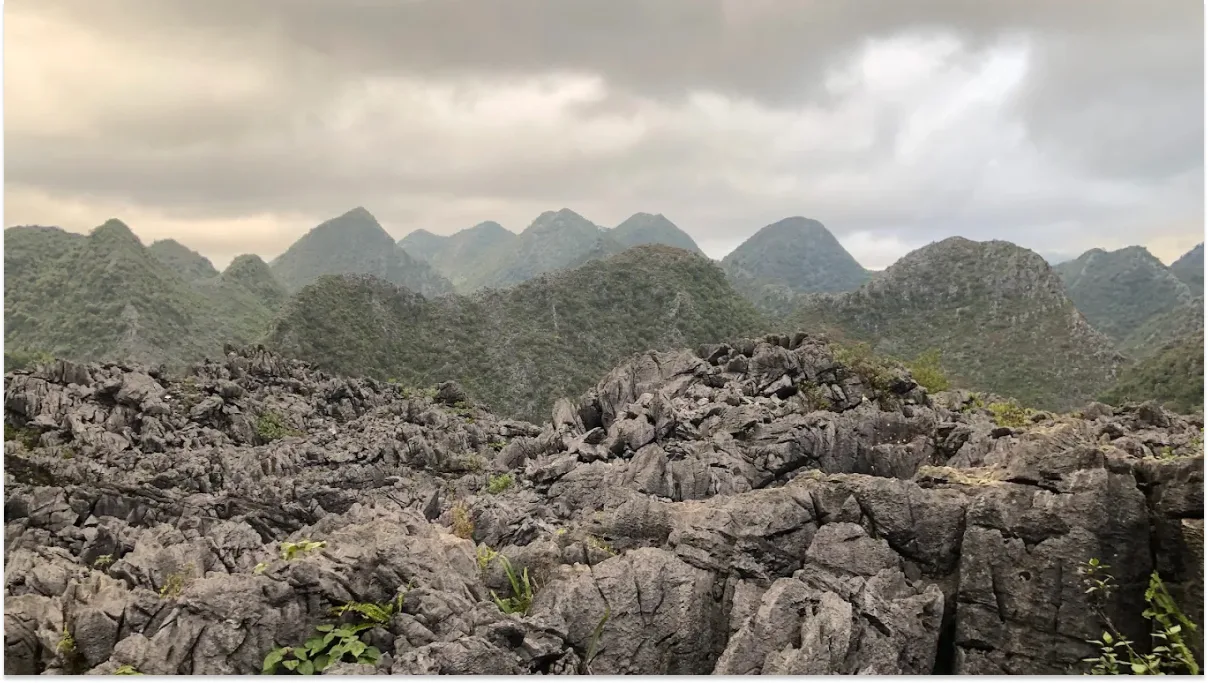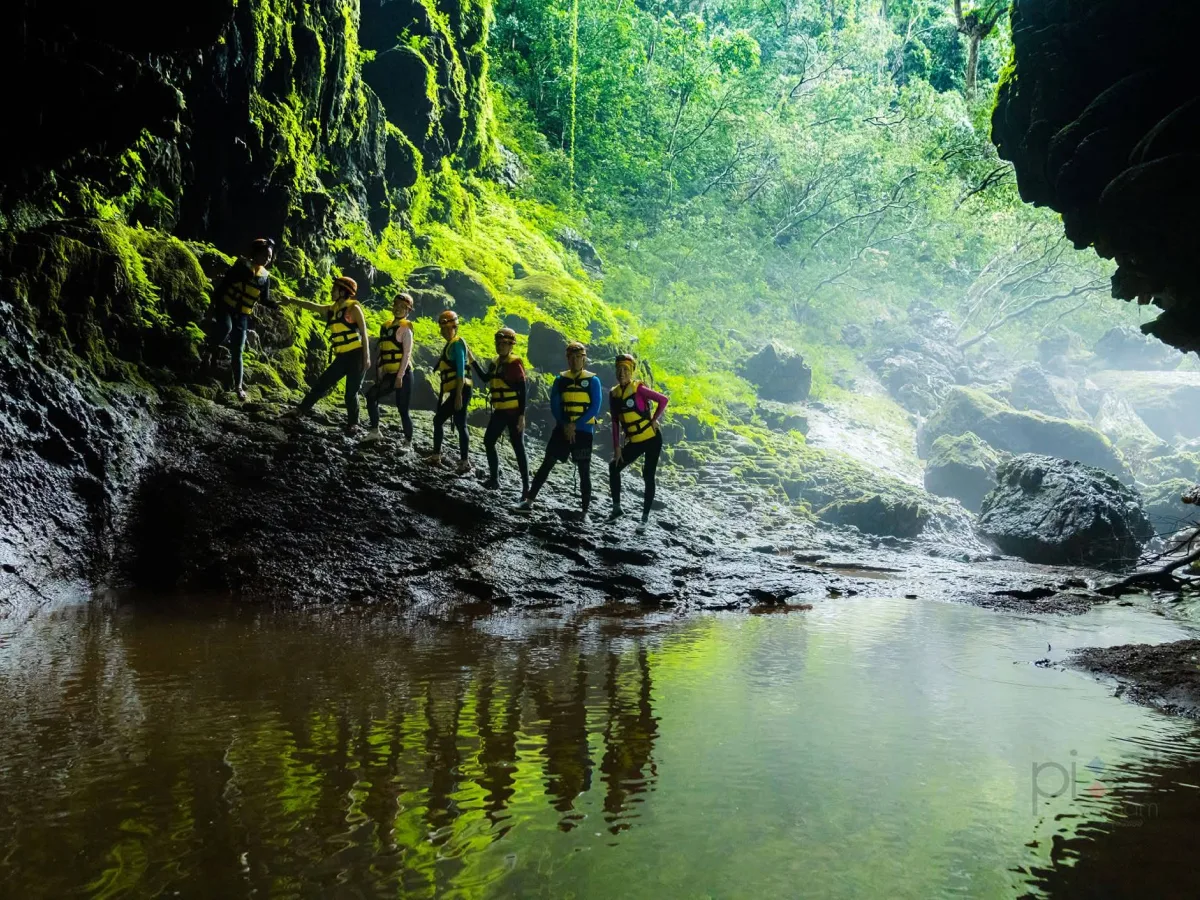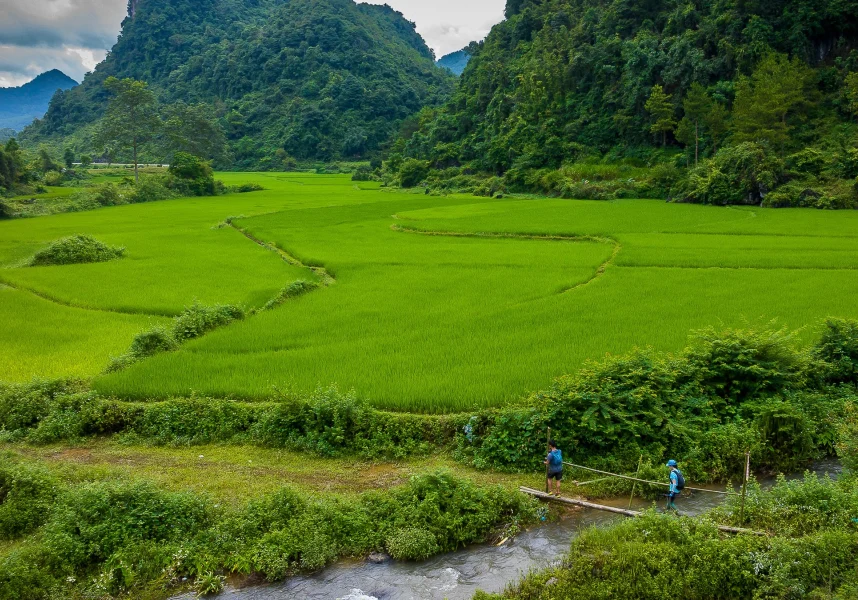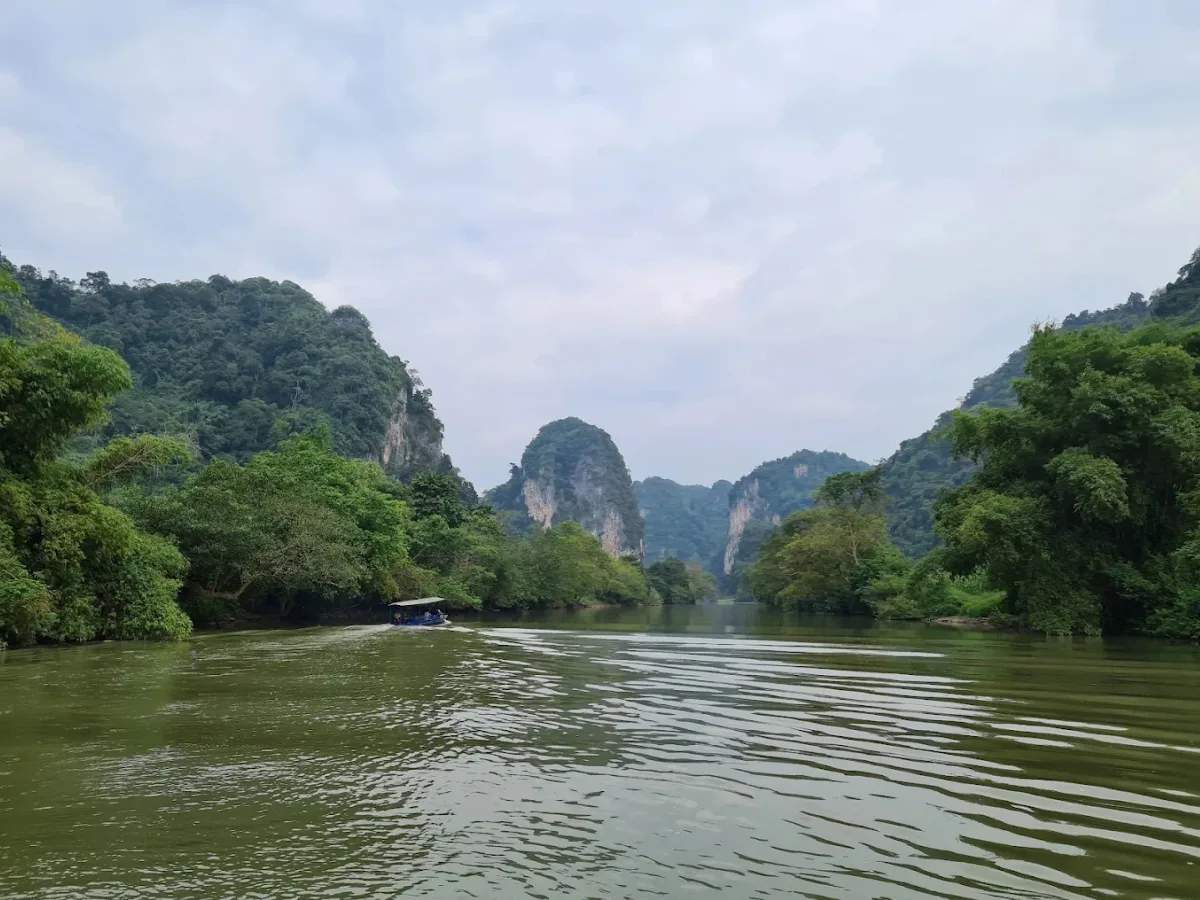
Dong Van Karst Plateau: Where Limestone Peaks Meet Hmong Traditions
The journey to the Dong Van Karst Plateau was one of the most unforgettable adventures of my trip through Northern Vietnam. As our car wound through serpentine roads surrounded by sharp limestone mountains and misty valleys, I felt as if time had slowed down — every turn revealing nature’s raw power and beauty.
This UNESCO Global Geopark isn’t just a land of ancient rock formations. It’s home to the Hmong, Dao, and Lo Lo ethnic groups — communities that have preserved their vibrant traditions for generations.
🏞️ 1. Exploring the “Cat-Ear” Limestone Mountains
Walking and driving through the rugged limestone formations, I felt like stepping onto another planet — one sculpted by millions of years of geological change. The sharp peaks, deep valleys, and winding passes create a dramatic landscape that challenges and rewards every explorer.
Must-do experience: Watch the sunrise from Ma Pi Leng Pass. As morning mist drifts through the valley and sunlight cuts between the jagged cliffs, it’s impossible not to pause, breathe deeply, and absorb the moment.
Travel tip: Bring trekking shoes, a windbreaker, and enough water, as weather can change quickly and the terrain is uneven.
🎎 2. Discovering the Hmong Culture
Beyond its stunning scenery, Dong Van is the cultural heart of the Hmong people. Villages here still preserve traditional homes, colorful costumes, and age-old crafts. During my visit to Lo Lo Chai Village and Dong Van Town, I was fascinated by the earthen-walled houses, terraced fields, and the lively ethnic markets.
Highlight: Sitting down with local Hmong families, listening to their stories about rice farming, textile weaving, and ancient customs — I realized how deeply they are connected to the mountains they live among.
Photography tip: Always ask for permission before taking photos of locals or their homes — it’s a simple gesture of respect that means a lot.
🌾 3. Terraced Fields & Majestic Landscapes
Dong Van isn’t just about stone. Its green valleys and golden rice terraces paint a softer contrast against the harsh gray limestone. I cycled and hiked along narrow paths, gazing at the endless layers of mountains under a brilliant blue sky.
Special moment: As the sun sets, the golden light bathes the limestone cliffs — transforming the entire landscape into a living painting that no camera can fully capture.
Best time to go: Early morning or late afternoon, when the light is soft and the mist adds a dreamlike charm.
🥾 4. Must-Try Local Experiences
✔️ Trek through remote mountain passes and valleys
✔️ Visit Dong Van Market, try local dishes like thang co, five-colored sticky rice, and smoked pork
✔️ Join weaving workshops or watch traditional dances at village festivals
✔️ Capture wide panoramic shots of limestone peaks and terraced fields
Pro tip: Pack a wide-angle camera, tripod, flashlight, and warm clothes — mornings and evenings can get chilly.
✨ Travel Tips for Exploring Dong Van Karst Plateau
Spend 2–3 days to fully enjoy the Ma Pi Leng Pass, terraced fields, and Hmong villages.
Best season: September–November — when the weather is dry and the rice turns golden.
Follow your local guide’s instructions, avoid littering, and keep noise levels low in villages.
Conclusion
As I left the Dong Van Karst Plateau, I carried with me a deep sense of awe — not just for the mountains, but for the simplicity, warmth, and resilience of the Hmong people. Dong Van isn’t just a destination. It’s a journey that connects nature, culture, and the human spirit in one breathtaking experience.



Comments (0)